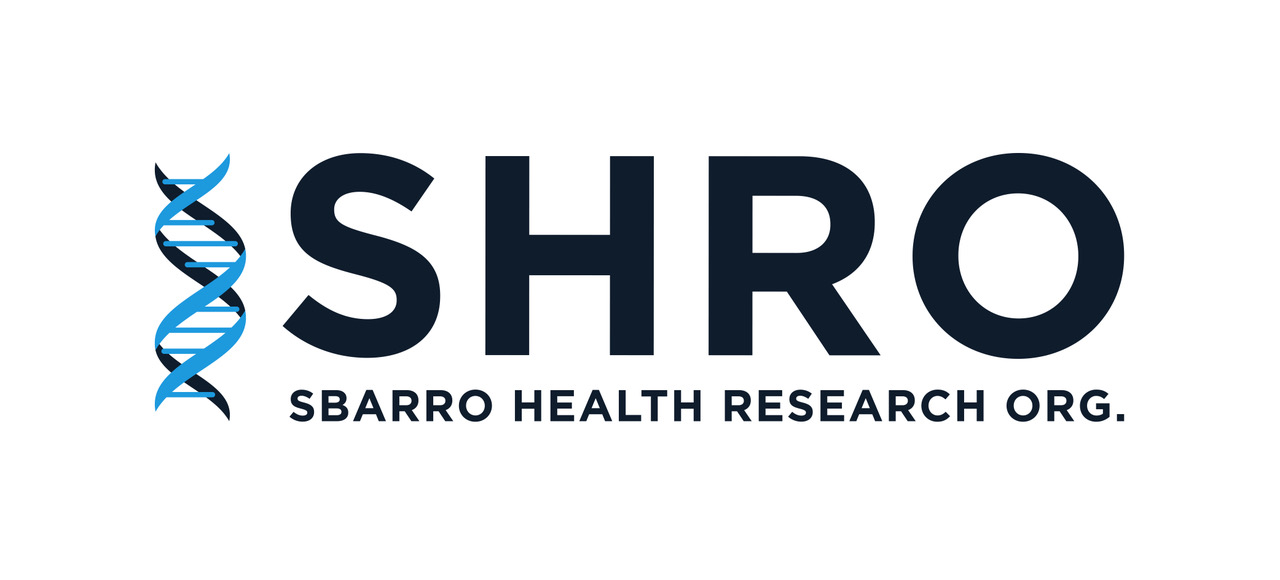Newswise — The “Stem Cell Research Italy” Association (www.stemcellitaly.org) and the “Sbarro Health Research Organization” (www.shro.org) make a public plea for a correct use of stem cell therapy in Italy and Europe.
Stem Cell Research Italy (SCR Italy) strongly endorses the point of view of eminent scientists who published a commentary on the regulation of stem cell therapy in Europe (Bianco et al “Regulation of stem cell therapies under attack in Europe: for whom the bell tolls” EMBO J. 2013 May 3. doi: 10.1038/emboj.2013.114).
In the present plea SCR quotes the hot topic issues that were addressed in the commentary.
The Italian Parliament is debating a new law that would make it legal to practice an unproven stem cell treatment in public hospitals. The treatment, offered by a private non-medical organization, may not be safe, lacks a rationale, and violates current national laws and European regulations. This case raises multiple concerns, most prominently the urgent need to protect patients who are severely ill, exposed to significant risks, and vulnerable to exploitation.
It must be underlined that stem cells are not a homogeneous class of cells; ‘stem cells’ are not one-size-fits-all cures. There are different kinds of stem cells in different tissues, and even when the appropriate stem cell is selected for an indication it takes years of research to learn how to administer the stem cell safely and effectively.
Empiricism as a productive approach in medicine is often invoked as a reason to conduct trials with stem cells, blind of any putative mechanism of action.
Conducting formal, regulated, transparent clinical trials using stem cells can be legitimate, even if based on a partial or weak rationale. It is also, however, expensive and highly likely to be uninformative. Scientific approach must be robust before one embarks on a clinical trial. Mechanistic insight is not a dispensable intellectual luxury. It is specifically required to develop effective therapies. It is to this end that we need mechanisms and rationale.
A model of ‘translational medicine’ has been subliminally accepted by many scientists. The scheme is driven by the pressure to effect the rapid translation of data from the bench. Premature translation of provisional data and concepts in the stem cell field, in conjunction with loosened regulation, can perhaps bring to the market products, but cannot provide solutions for diseases.
On this premise, scientists must clearly inform public opinion and authorities on the potential risks of stem cell therapy to avoid media campaign vowing the right of sick people to have access stem cell therapy for “compassionate use”. It has to be firmly rejected the argument offered by media and public opinion of a compassionate use of stem cells: there is no compassion without safety and efficacy. Exposing the weakest people to unknown risks is ethically unacceptable. Recourse to unproven and unsafe therapy is said to be ‘compassion’, or to fall into an arbitrary category of ‘compassionate treatment’. This is not the case at all. Compassion only applies when one offers a safe and potentially effective remedy. That a remedy is effective must be supported by published clinical data. If such data are not available, there is no legitimate assumption of effectiveness in the individual patient, and therefore no ‘compassion’.
In conclusion SCR Italy strongly agree with the notion that only rigorous science and rigorous regulation can ensure translation of science into effective therapies rather than into ineffective market products, and mark, at the same time, the sharp distinction between the striving for new therapies and the deceit of patients.
Signed by Board of Directors on behalf of SCR Italy
Umberto Galderisi Assunta Pandolfi Marilena Cipollaro Bruno Bonetti Patrizia Dell'Era Giovanni Di Bernardo Roberta Di Pietro Roberta Piva Stefano Pluchino
This plea has been endorsed by:
IPLASS - International Placenta Stem Cell Society
John BarrettHematology Branch, National Heart Lung and Blood Institute, National Institutes of Health, Bethesda, MD, USA
Helen BlauBaxter Laboratory in Stem Cell Biology, Department of Microbiology and Immunology, Institute for Stem Cells and Regenerative Medicine, Stanford University School of Medicine, Stanford, CA, USA
Dominique BonnetMedical Oncology, St Bartholomew's Hospital and Medical School, London, UK
Marianne BronnerDivision of Biology at the California Institute of Technology, California Institute of Technology, Pasadena, CA, USA
Connie EavesTerry Fox Laboratory, British Columbia Cancer Agency, Vancouver, BC, Canada
Robert G. HawleyDepartment of Anatomy and Regenerative Biology, The George Washington UniversitySchool of Medicine and Health Sciences, Washington, DC, USA
Antonio GiordanoSbarro Institute For Cancer Research And Molecular Medicine, Temple University, Philadelphia, PA, USA
John KesslerDepartment of Neurology, Northwestern University Stem Cell Institute, Northwestern University's Feinberg School of Medicine, Chicago, IL, USA
Paul W. KincadeImmunobiology & Cancer Program, Oklahoma Medical Research Foundation, Oklahoma City, OK, USA
Ulrich MartinLeibniz Research Laboratories for Biotechnology and Artificial Organs (LEBAO) at Hannover Medical School (MHH), Hannover, Germany
Eva MezeyNational Institute of Health, NIDRC, CSDB, Bethesda, MD, USA
Charles E. MurryInstitute for Stem Cell and Regenerative Medicine, University of Washington, Seattle, WA, USA
Shinichi NishikawaRIKEN Center for Developmental Biology (CDB), Laboratory for Stem Cell Biology, Kobe, Japan
Graham ParkerWayne State University School of Medicine, Carman and Ann Adams Department of Pediatrics, Detroit, MI, USA
Darwin ProckopTexas A&M Health Science Center, College of Medicine, Institute for Regenerative Medicine, Scott & White Hospital, Temple, TX, USA
Tom RandoDepartment of Neurology and Neurological Sciences, Stanford University School of Medicine, Stanford, CA, USA
Brent ReynoldsDepartment of Neurosurgery, McKnight Brain Institute, University of Florida, Gainesville, FL, USA
